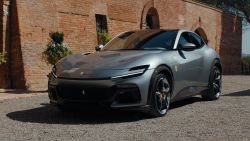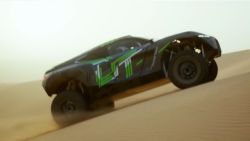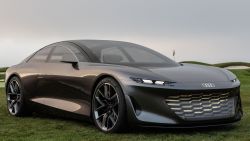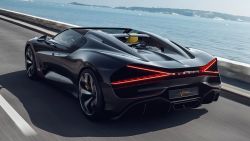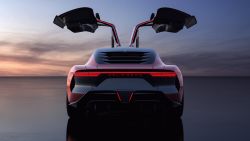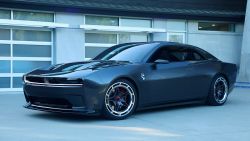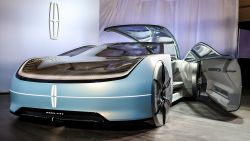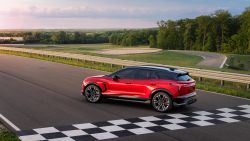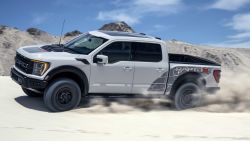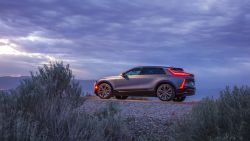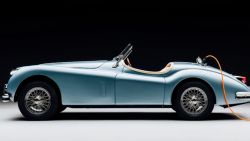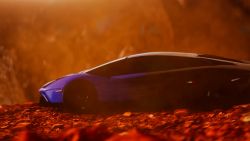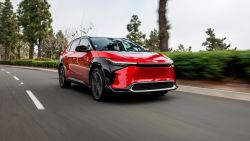If the proposed merger between Fiat Chrysler and Renault actually goes through, Fiat Chrysler will gain important access to Renault’s electric car and autonomous driving technologies. Renault, on the other hand, gains something much more well-established: Jeep.
Jeep is, without question, one of the strongest and most recognized automotive brands in the world. The fact that Jeep has survived four different corporate owners since its birth on the battlefields of World War II speaks to that. At the same time, Jeep vehicles remain broadly affordable. That’s a rare combination. Generally, if you want a vehicle with strong brand identity you pay a lot for it. You’re looking at a Ferrari, a Rolls-Royce or, at least, a Land Rover.
“It’s so strong, the brand itself, that the desire of consumers has outweighed, in many cases, its quality reputation,” said Jeff Schuster, an industry analyst with LMC Automotive.
In the most recent Consumer Reports vehicle dependability survey, Jeep vehicles ranked well below average, a spot the brand routinely occupies. That would be terrible for most vehicle brands, but Jeep’s global market share has nearly tripled since 2010, according to data from LMC Automotive. Fiat Chrysler, which would not comment for this story otherwise, said that it addresses all quality issues it finds and that it values the input of evaluators like Consumer Reports.
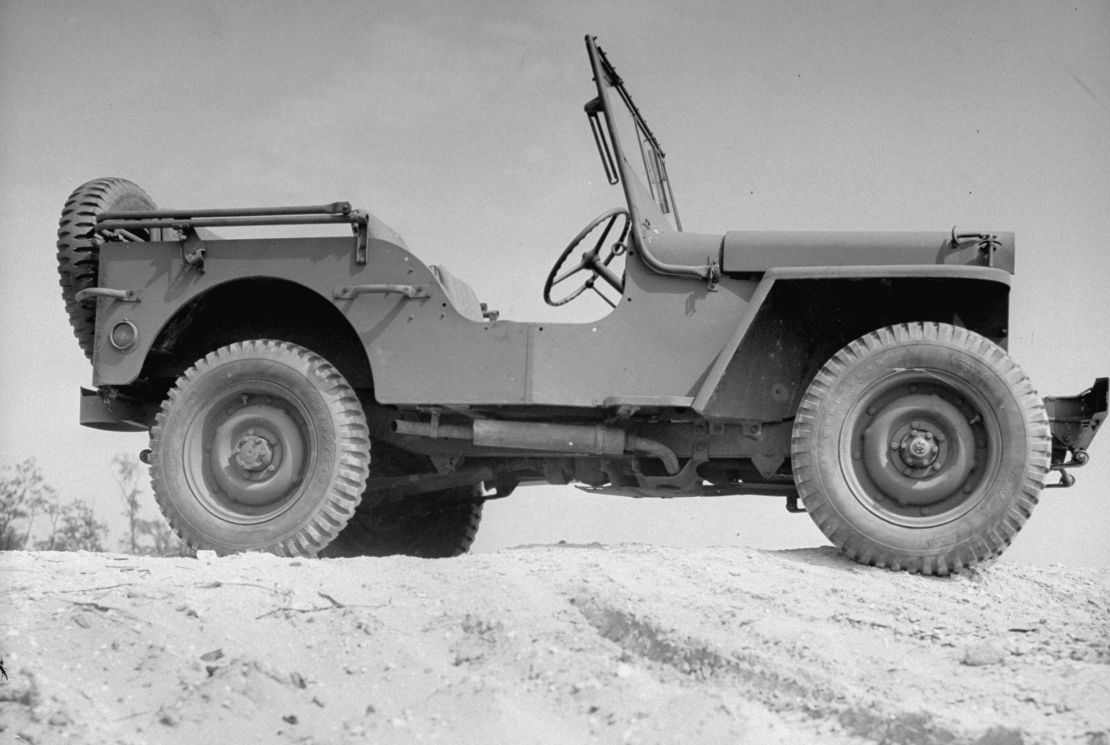
At dealerships, Jeep products also command close to their suggested retail prices and customers spend a lot on accessories, said Kelsey Mays, consumer affairs editor at Cars.com. So while cars and SUVs from other brands often have to be sold with discounts and incentives, Jeep vehicles require much less help.
“If you look at [the Jeep] Wrangler, it still sells close to sticker,” he said.
All this sales success comes from a number of factors, including a broadening model lineup, the brand’s introduction into more markets around the world and, especially, a general market shift toward SUVs. But it’s also due to a strong desire for Jeep’s name and style in many places around the world.
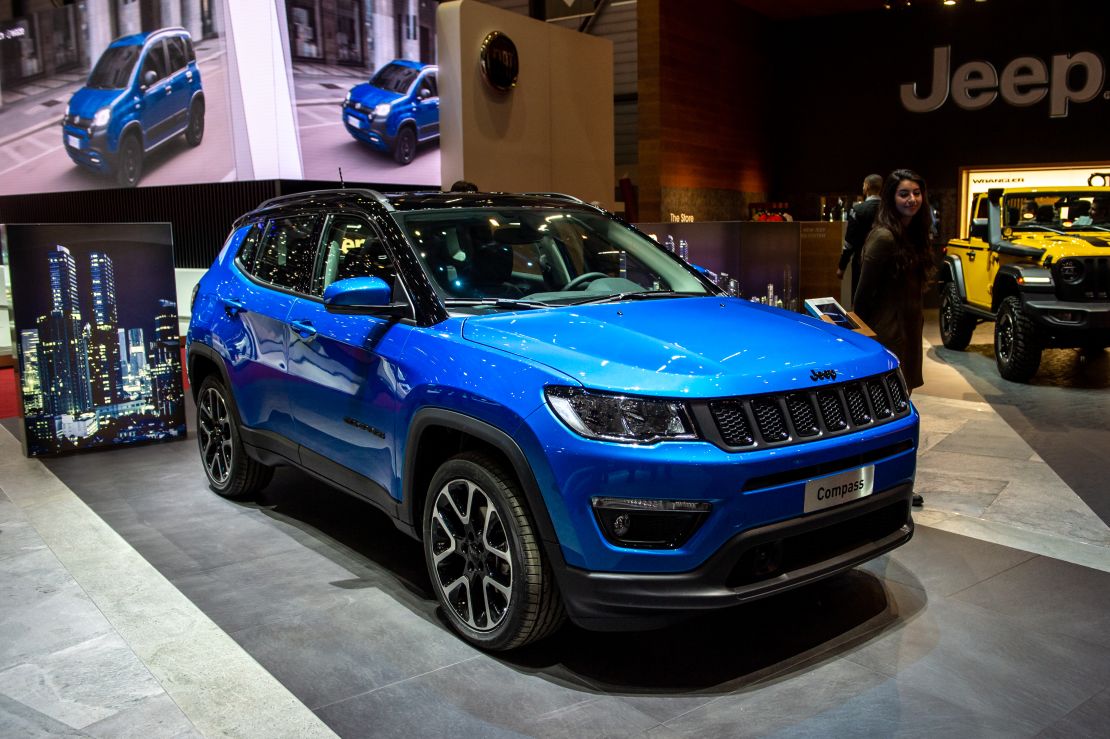
“Europe and Asia, specifically, are interested in and enamored with the idea of America,” said Brian Moody, executive editor at Autotrader. “I don’t think this has diminished as much as maybe some in the media would want you to think and I think Jeep is the perfect epitome of that.”
Jeep’s identity comes straight from the machines that General George C. Marshall called “America’s greatest contribution to modern warfare.” These were Willys-Overland MBs and Ford GPWs, crate-shaped, four-wheel-drive cars engineered to go where other cars could not.
Today’s Jeep Wrangler is a direct descendant of those vehicles.
Not every Jeep is a Wrangler – the brand’s most popular product as well as its most iconic – but from the small Compass crossover to the Grand Cherokee, each is a “statement” vehicle. Yes, at the end of the day, most Jeeps are practical SUVs that do duty as family haulers no different than a Toyota RAV4 or Honda CR-V. For that matter, sometimes not even as well. But a Jeep says something about its owner. It says “I’m different from you, Honda CR-V driver, because I might go somewhere besides my kids’ school and the supermarket.”
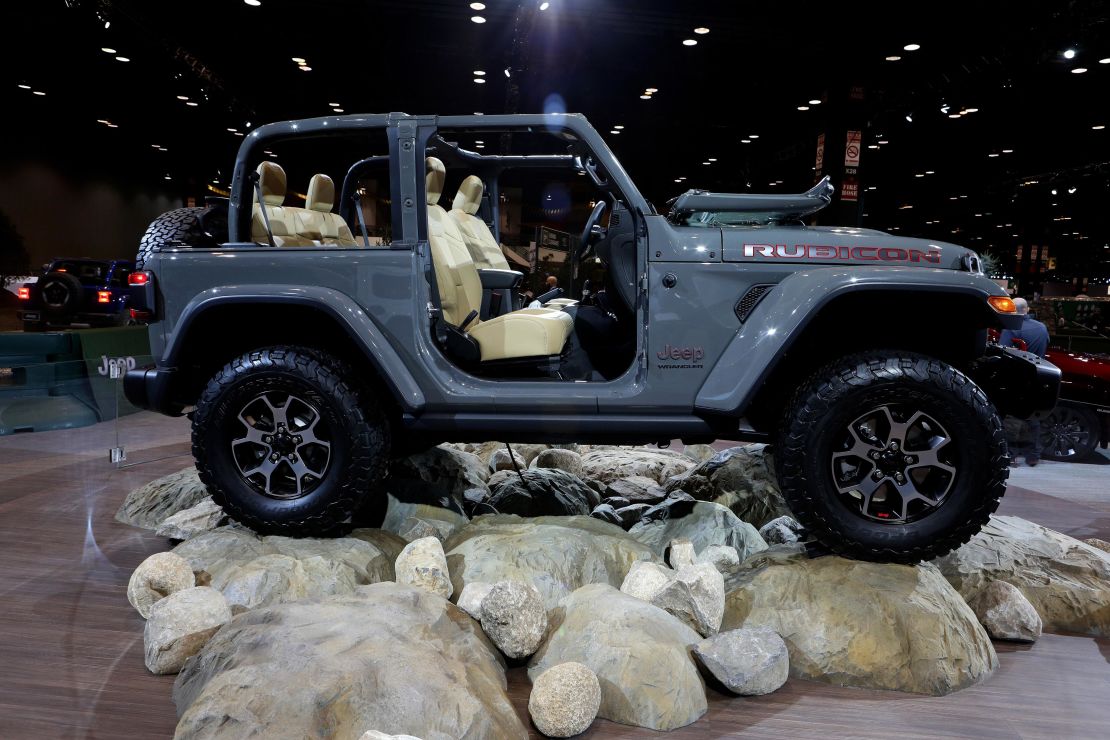
Fiat Chrysler has made sure that every Jeep model is available in a Trail Rated version. Jeeps with the round Trail Rated badge have special tires and four-wheel drive systems plus added protection to withstand the hazards of rock-strewn trails. But the main thing they protect is Jeep’s all-important authenticity.
More from Success
“The whole identity of a brand is based upon ‘I will transform myself by buying this jacket, buying this handbag, driving this car,’” said luxury branding consultant Pamela Danziger. “So by giving them that extra dream-ability, it’s incredibly appealing.”
The Wrangler, Jeep’s core product, takes that “dream-ability” to an extreme. In the newest version, introduced in 2017, engineers took pains to retain the ability to fold down the windshield, a challenge in a modern automobile. It’s unlikely most Wrangler buyers even understand why they would want to do that. Even fewer would ever do it. But it can still be done because, in World War II, a Jeep driver could do that. (There are various explanations for why it was done in war from making it easier to load a stretcher to reducing light reflections that could give away the Jeep’s position to the enemy.)
Today it’s done for one reason: Because it’s a Jeep.



